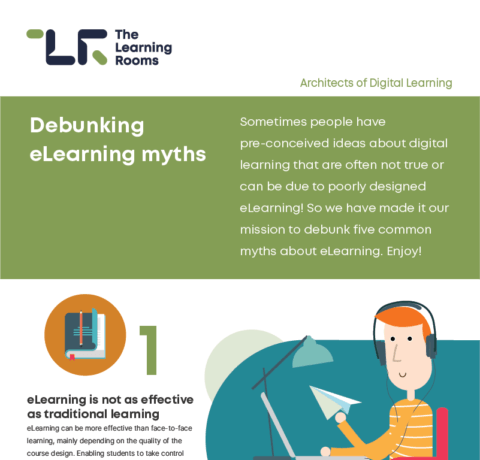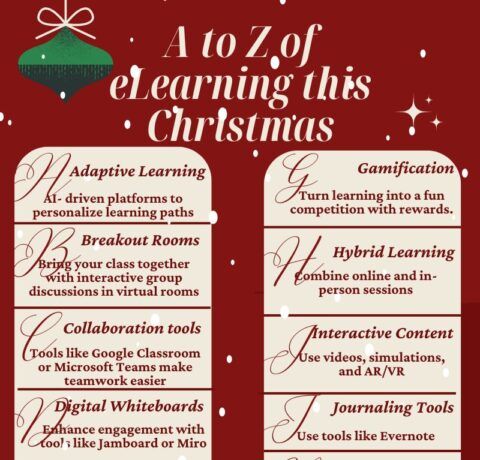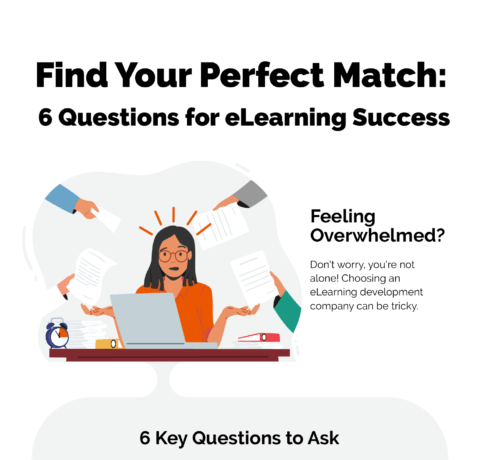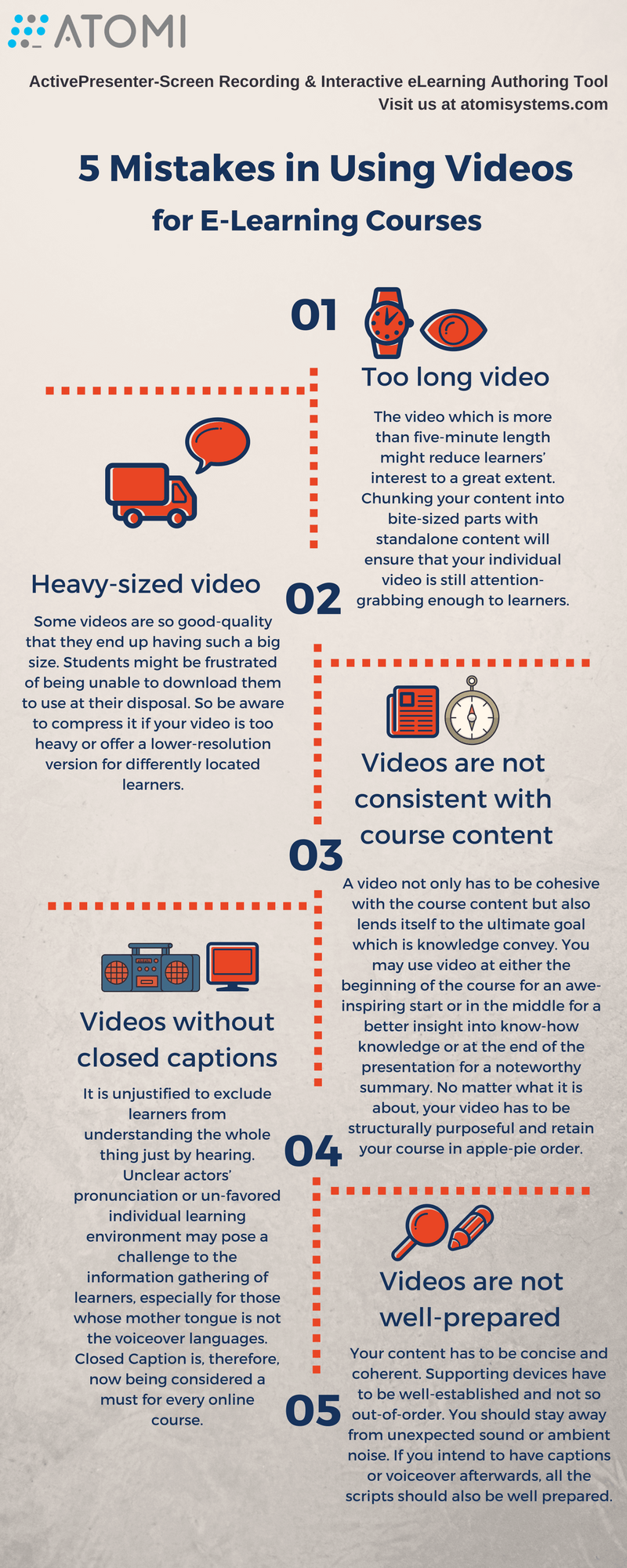5 Mistakes in Using Videos for eLearning Courses Infographic
The use of videos in eLearning has proven a learning burst for online course users. Visual demonstration reinforces the core material and makes things more memorable for learners. But without proper preparation and caution, instructors would stand a great chance of misusing this powerful media tool. The 5 Mistakes in Using Videos for eLearning Courses Infographic presents five mistakes you should avoid when utilizing videos for your curriculum.
1. Videos are too long
Chances are that you have a lot of interesting information and you just want to pack it all in your video. You should be very careful because the learner concentration span is very limited. Any video which is more than five-minute length might reduce learners’ interest to a great extent. Chunking your content into bite-sized parts with standalone content will ensure that your individual video is still attention-grabbing enough to learners.
2. Videos are too heavy-sized
Some videos are so good-quality that they end up having such a big size. Students might be frustrated of being unable to download them to use at their disposal. So be aware to compress it if your video is too heavy or offer a lower-resolution version for differently located learners.
3. Videos are not consistent with the course's content
Many a time, instructors may try to add a fascinating but not-so-relevant video to the course. Nevertheless, keep in mind that a video not only has to be cohesive with the course content but also lends itself to the ultimate goal which is knowledge convey. You may use video at either the beginning of the course for an awe-inspiring start, or in the middle for a better insight into know-how knowledge or at the end of the presentation for a noteworthy summary. No matter what it is about, your video has to be structurally purposeful and retain your course in apple-pie order.
4. Videos without closed captions
It is unjustified to exclude learners from understanding the whole thing just by hearing. Unclear actors’ pronunciation or un-favored individual learning environment may pose a challenge to the information gathering of learners, especially for those whose mother tongue is not the voiceover languages. Closed Caption is, therefore, now being considered a must for every online course.
5. Videos are not well-prepared
If you need to record a video, make sure everything is on point before getting started. At first, your content has to be concise and coherent. Supporting devices have to be well-established and not so out-of-order. More importantly, you should stay away from unexpected sound or ambient noise.
On the other hand, if you intend to have captions or voiceover afterward, all the scripts should also be well prepared. A well-designed video will augment the cognitive capacity of learners a lot. So, no matter how time-consuming preparing editing process may be, never leave your video messy.
See also: How to Get Results from Video Learning Infographic







You can adjust your cookie preferences here.